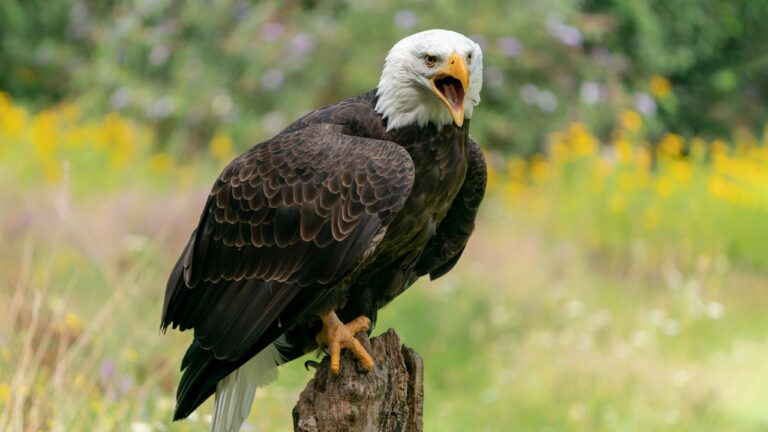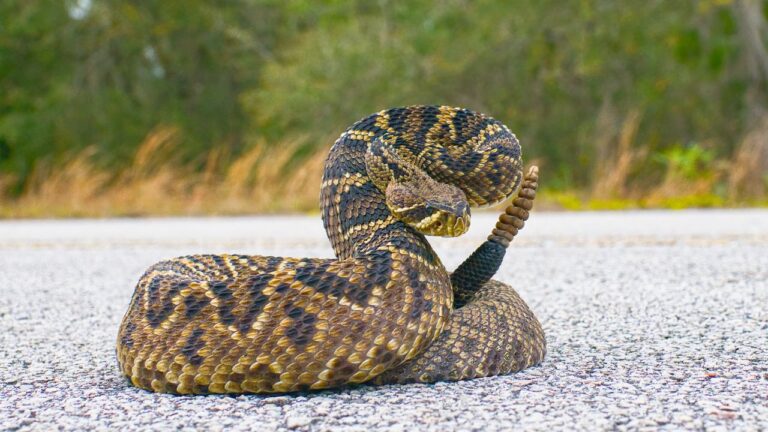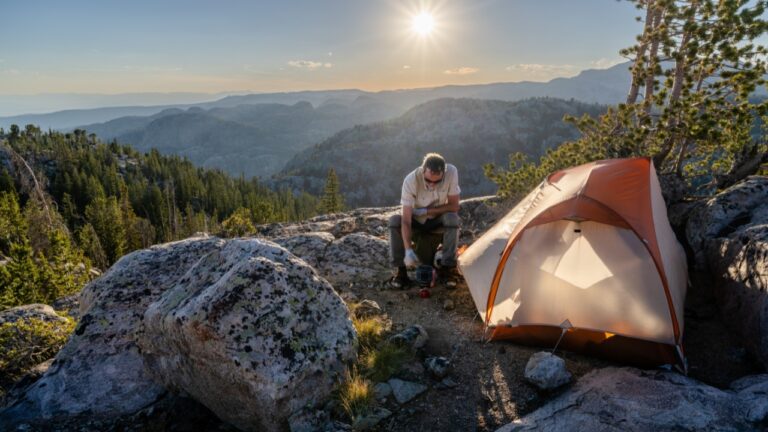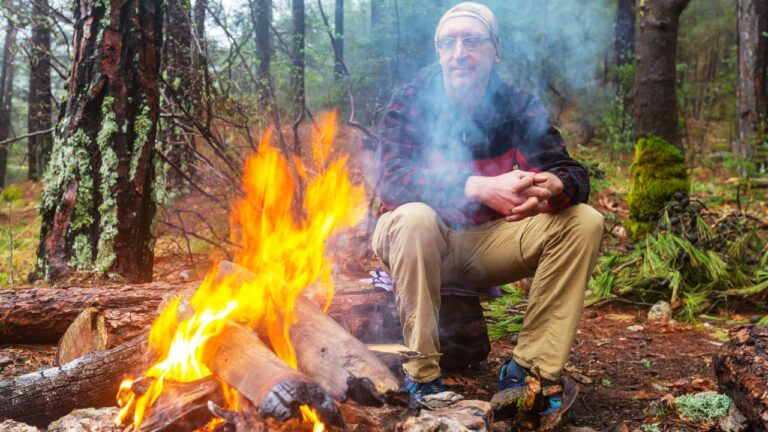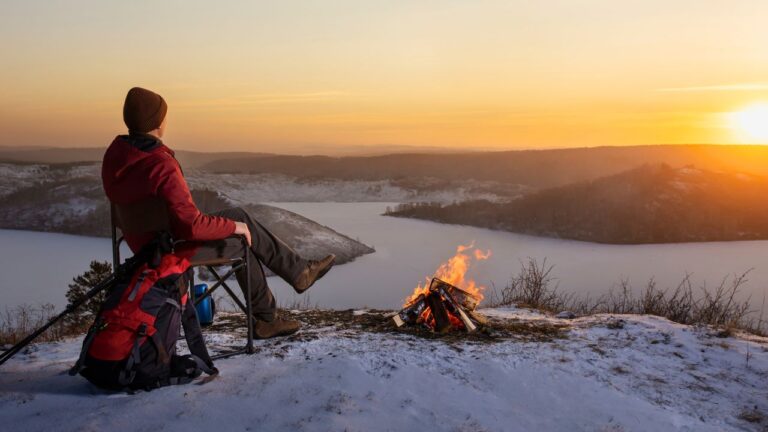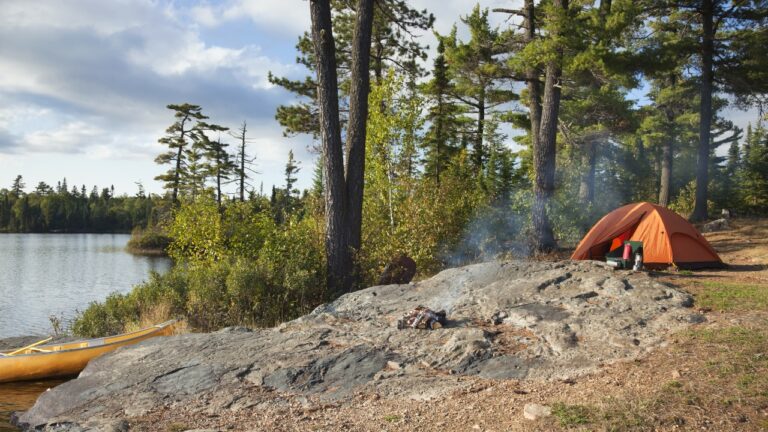A good campfire isn’t about luck — it’s about picking the right wood. Some woods burn hot and fast, others smolder slow and steady. If you want a fire that doesn’t fizzle out halfway through the night, you need to start with the right fuel. These are the woods that have been keeping camps warm, meals cooked, and coffee pots boiling for generations — because they actually burn the way you need them to.
Oak
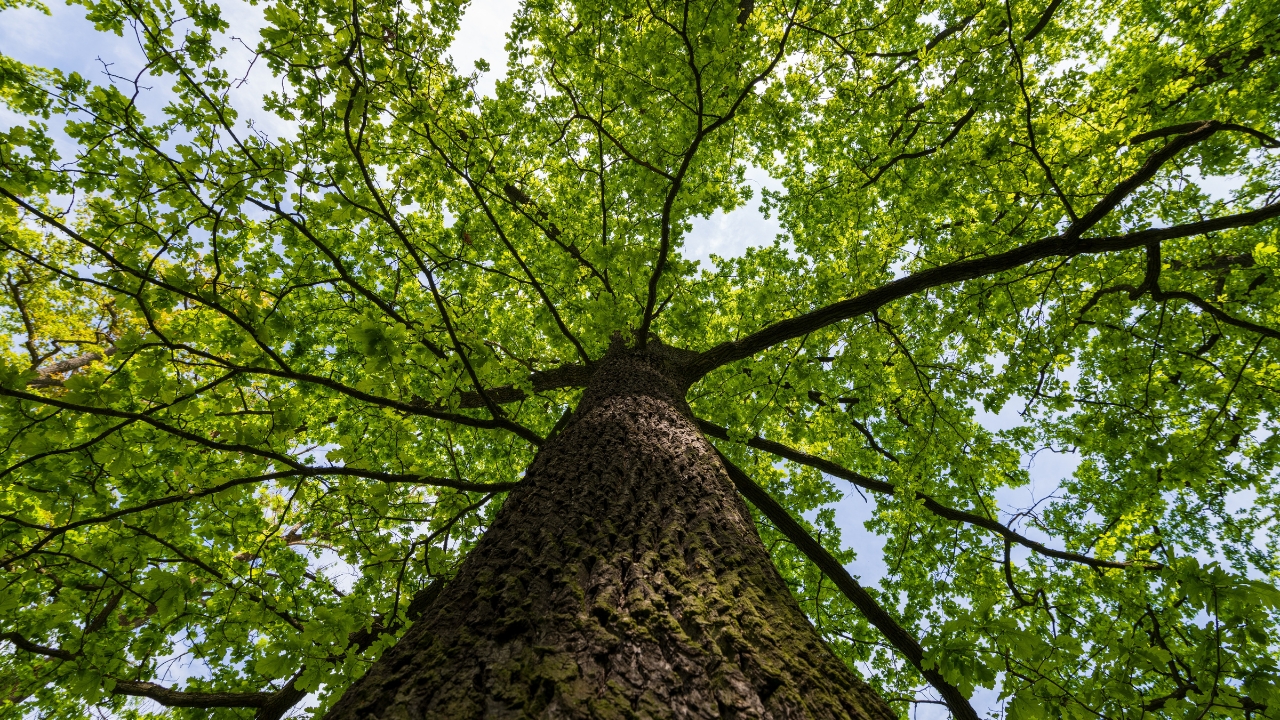
Oak is one of the best all-around firewoods you can get. It burns hot, burns slow, and leaves a good bed of coals that’ll keep your fire alive long after you stop feeding it.
Both red and white oak work great, though white oak tends to last even longer. It’s heavy when seasoned right, but the payoff is a fire that doesn’t need constant tending. If you’re settling in for a long night, oak’s hard to beat.
Hickory
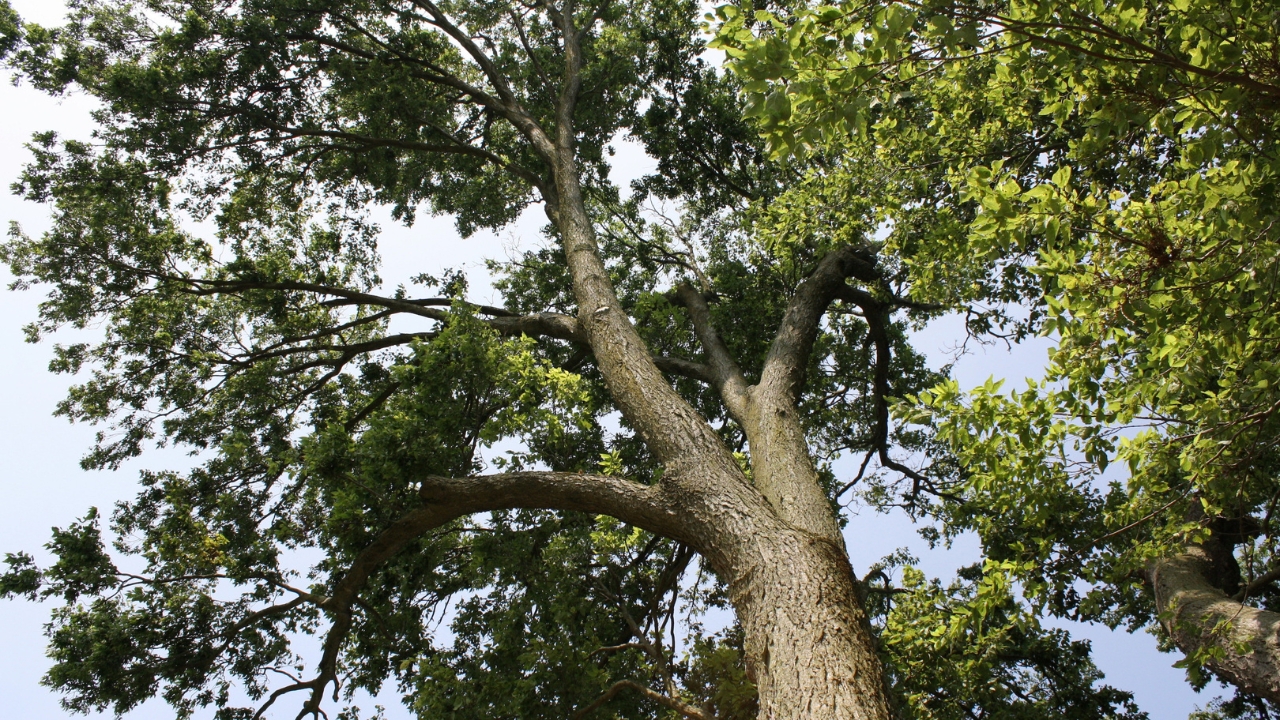
If you can find hickory, grab it. This wood burns hotter and longer than just about anything else you’ll find in the woods. It also throws off that sweet smoky smell that makes every campfire smell like you’re cooking something good.
Hickory’s dense and heavy, so it needs to be well-seasoned to really shine. But once it’s ready, you’ll get a fire that throws serious heat and sticks around without needing to pile on a dozen more logs.
Hard Maple
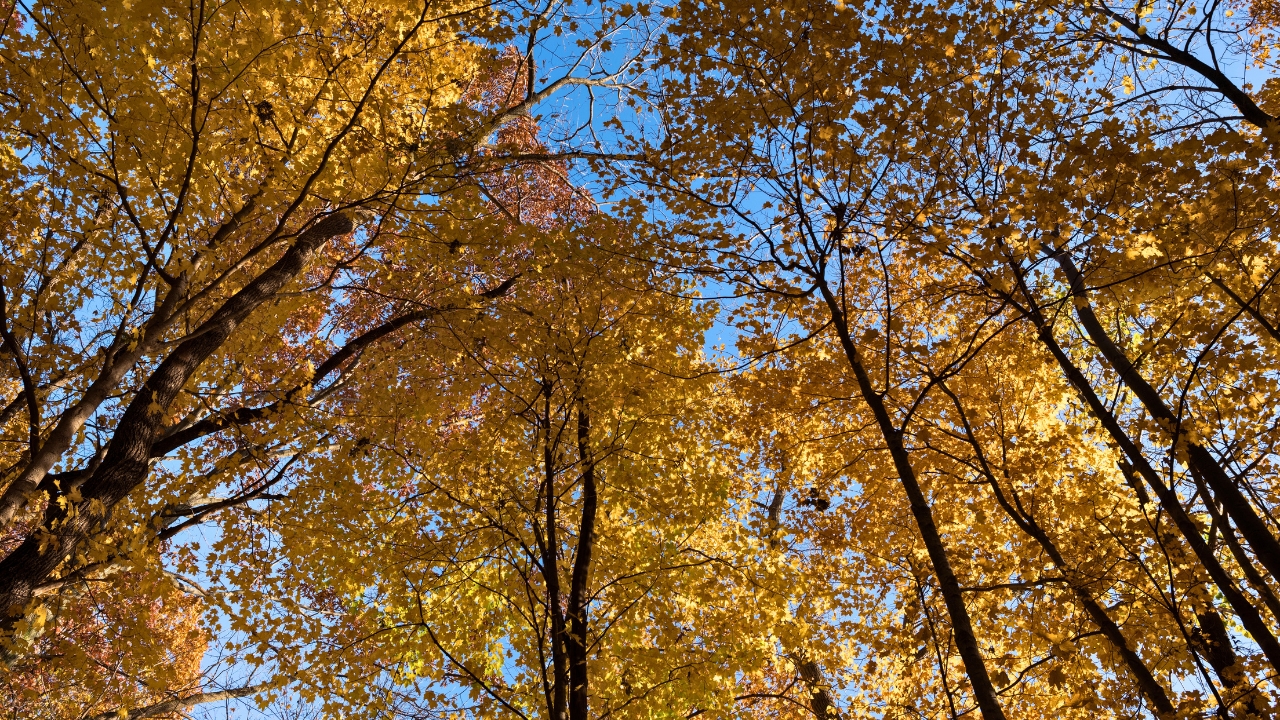
Hard maple — like sugar maple — makes excellent firewood when it’s seasoned properly. It burns hot, burns slow, and produces a steady flame without a lot of popping or sparking.
It’s one of those woods that’s easy to split, stacks tight, and leaves a nice coal bed once it burns down. If you’re trying to keep a steady fire for cooking or just staying warm through the night, hard maple’s a smart choice.
Ash
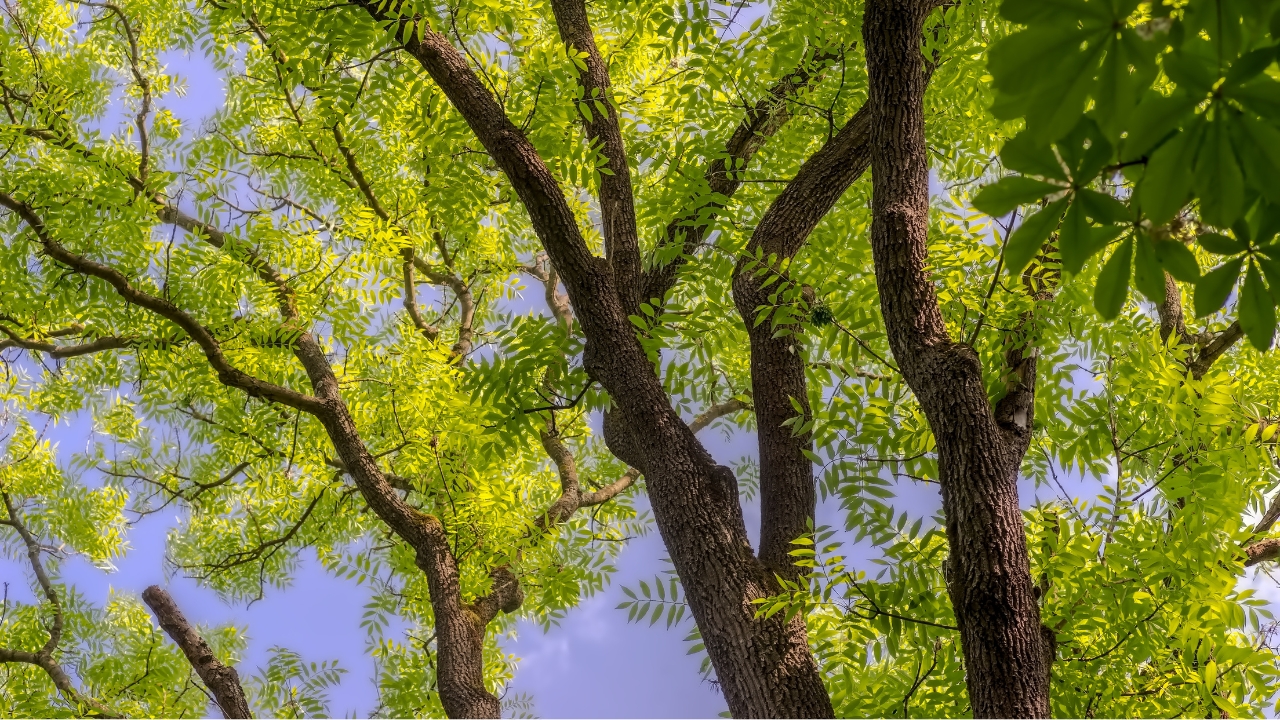
Ash might be one of the easiest hardwoods to work with. It dries quickly compared to oak or hickory, and even green ash can burn in a pinch if you’re stuck.
It burns with a steady flame, throws good heat, and doesn’t produce a ton of smoke, which makes it great for campfires where you don’t want to sit there getting smoked out. If you’re setting up for multiple nights, ash will keep the fire comfortable without a lot of fuss.
Beech
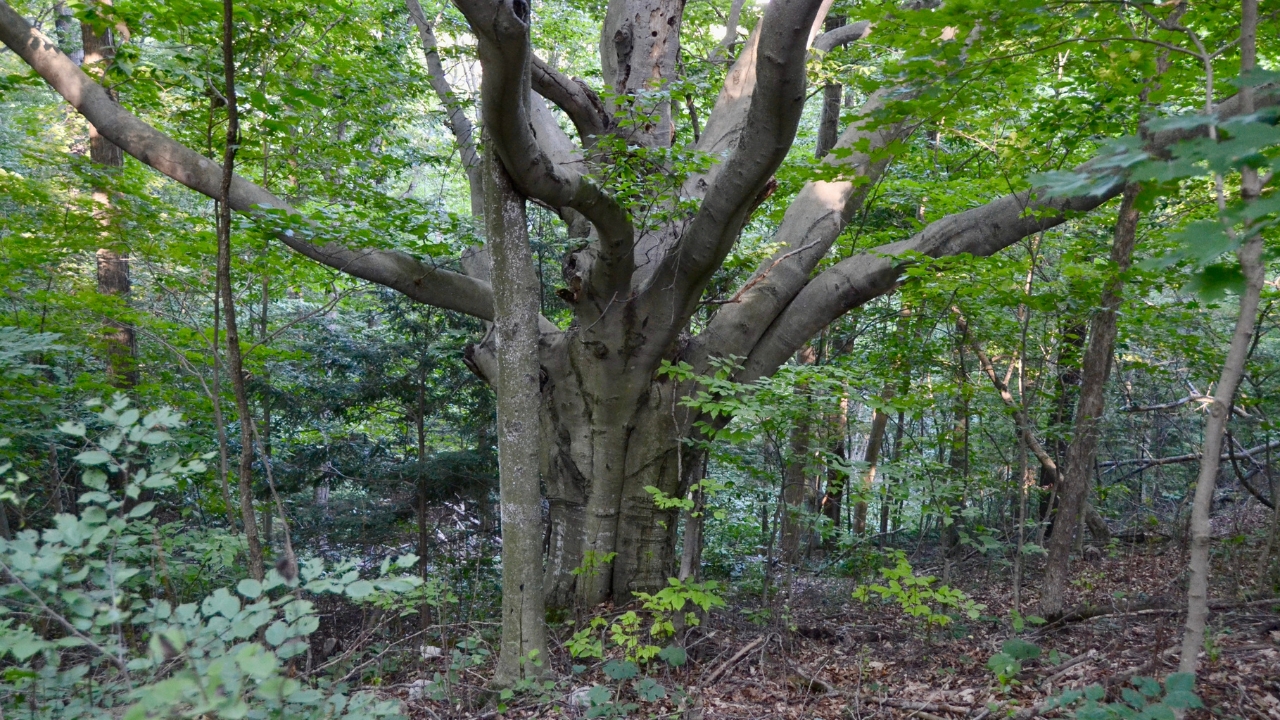
Beech wood is another hardwood that doesn’t get talked about enough. It burns long, clean, and throws out a strong, steady heat. Once seasoned, it’s right up there with oak for building a dependable, lasting fire.
Beech splits easy and makes good kindling too, so it’s useful from the first spark to the last coals. If you’re lucky enough to camp somewhere it’s common, it’s well worth loading up your fire ring with it.
Cherry
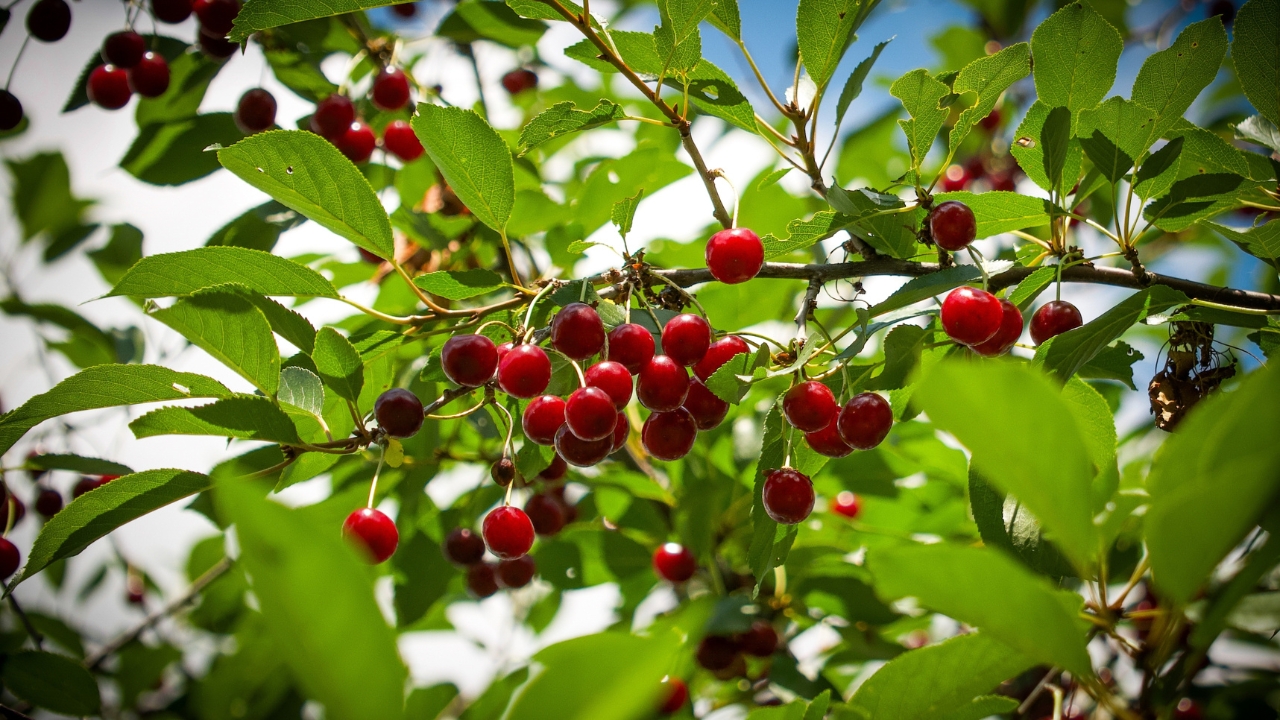
Cherry isn’t the hottest burning wood on this list, but it makes up for it with a slow, even burn and a nice clean smoke. Plus, it smells better than almost anything else once it gets going.
If you’re cooking over your fire, cherry’s an excellent pick because it adds good flavor without overpowering everything. It burns longer than softer woods, and while it won’t throw as much heat as hickory, it’ll still keep you comfortable all night long.
Black Locust
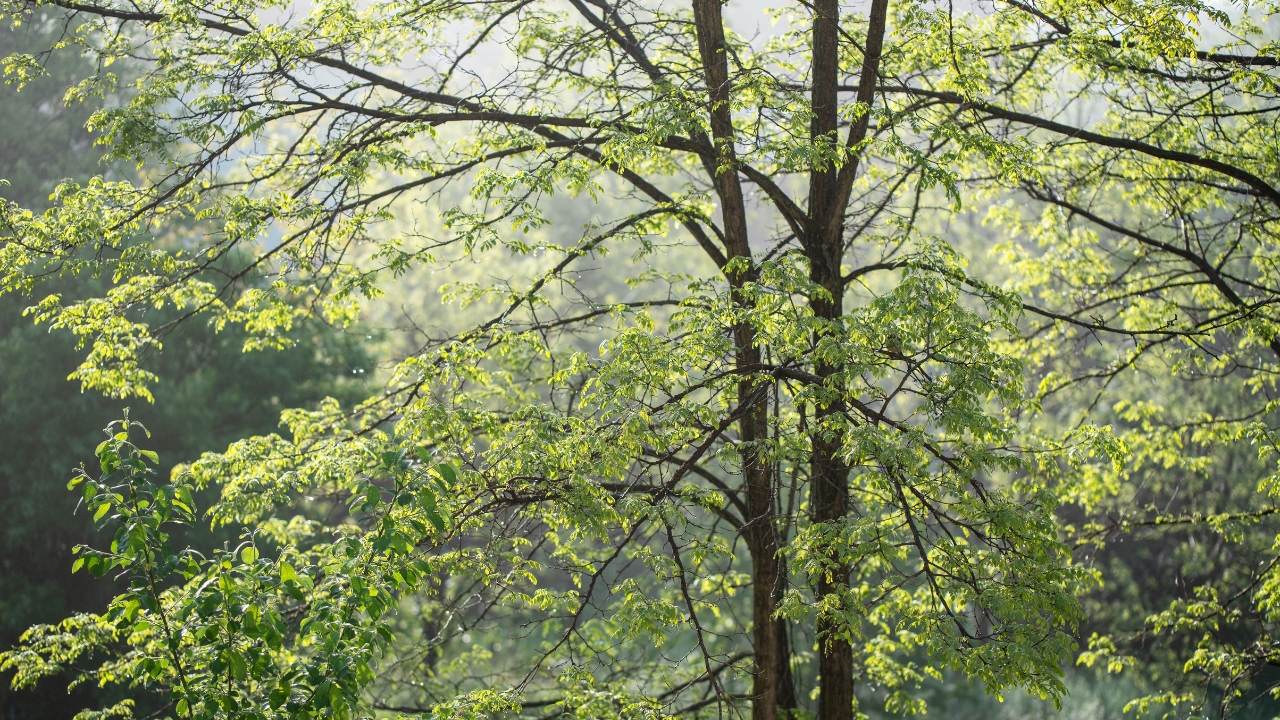
Black locust burns hot and holds a flame for a long time, making it one of the more underrated firewoods out there. It seasons pretty fast for a hardwood and gets even tougher as it dries out.
It’s dense and sometimes a pain to split, but once it’s in the fire, it burns slow and steady. If you’re building a fire you don’t want to babysit every 20 minutes, black locust is a workhorse you’ll appreciate.
Elm (if you can split it)
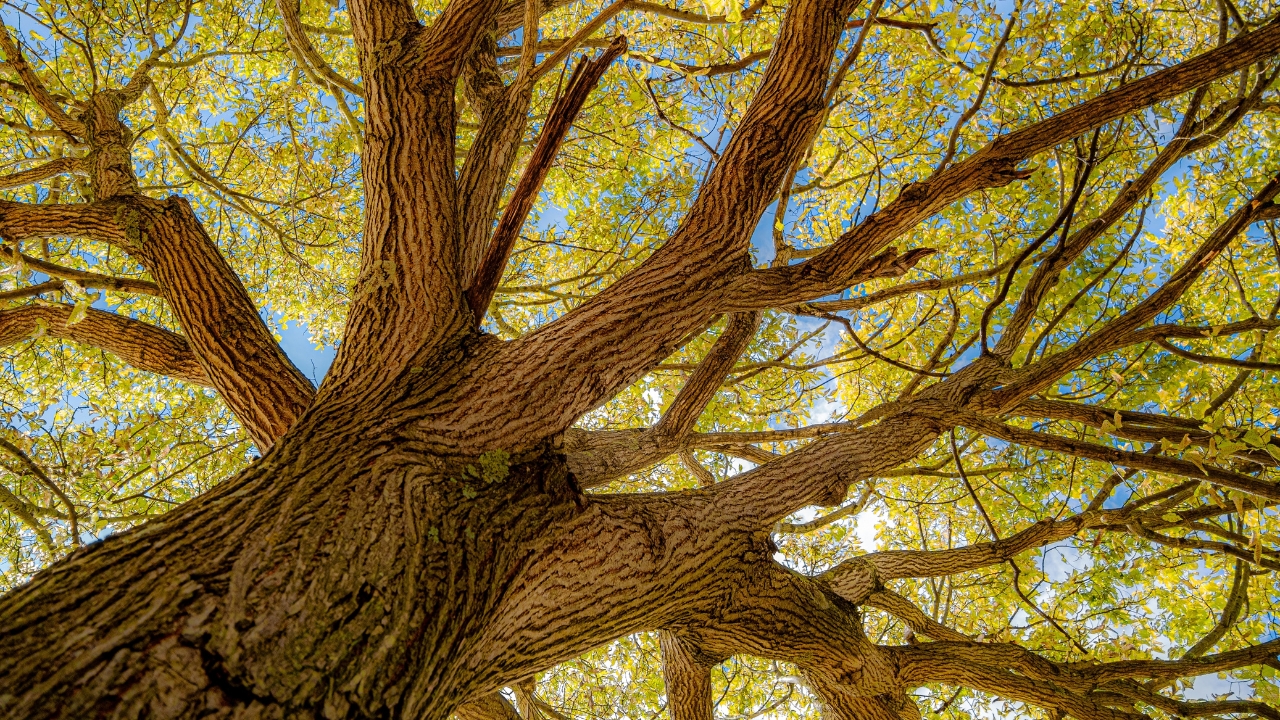
Elm burns well once it’s dry, but it’s a bear to split because of the way the grain twists and knots. Still, if you can get it cut and seasoned, it makes a solid firewood that burns long and steady.
It doesn’t light up as fast as softer woods, so it’s better used once you’ve got a fire established. If you’re willing to wrestle it into shape, elm can pay off with a good, lasting campfire that holds coals deep into the night.
Birch
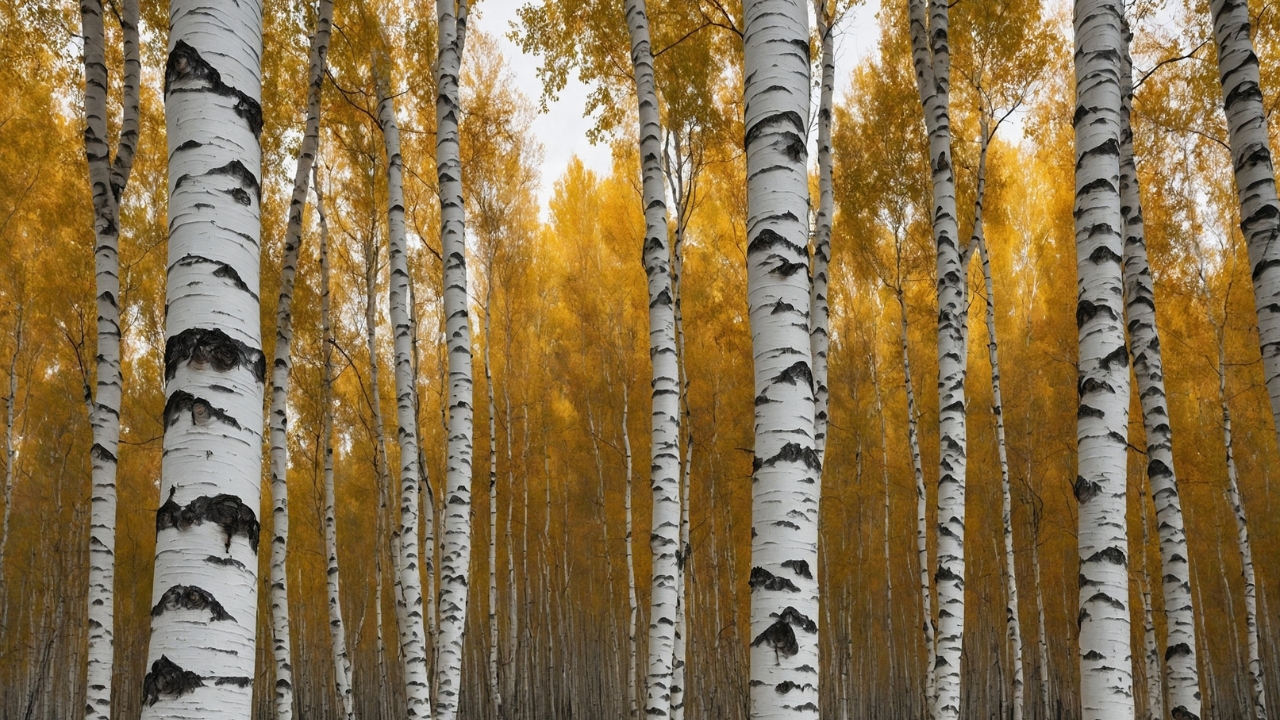
Birch burns faster than oak or hickory, but it’s still a good choice if you do it right. It lights quick, burns hot, and keeps a steady flame, especially if you’re mixing it in with slower woods.
The bark alone can help get your fire started — it burns like it’s soaked in lighter fluid even when damp. If you need a fire to get hot fast, birch will do it, and paired with heavier wood, it’ll help you build a campfire that lasts.
Apple (if you can find it)
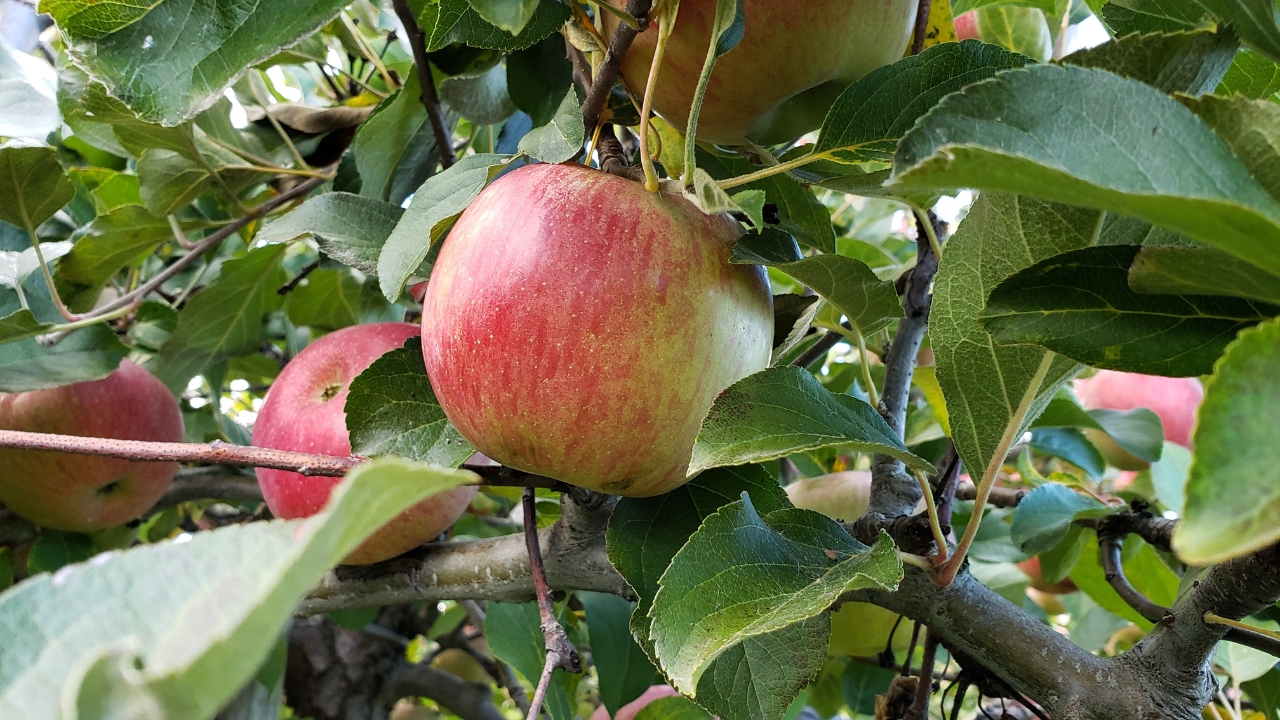
Apple wood isn’t exactly easy to find in the wild, but if you stumble across it or have some old orchard cuttings, it’s excellent firewood. It burns slow, puts off a steady heat, and smells incredible.
Like cherry, it’s great for cooking because it adds a mild, sweet smoke that makes anything over the fire taste better. It’s dense enough to build a solid coal bed, making it a good sleeper pick for long, overnight fires.
Walnut
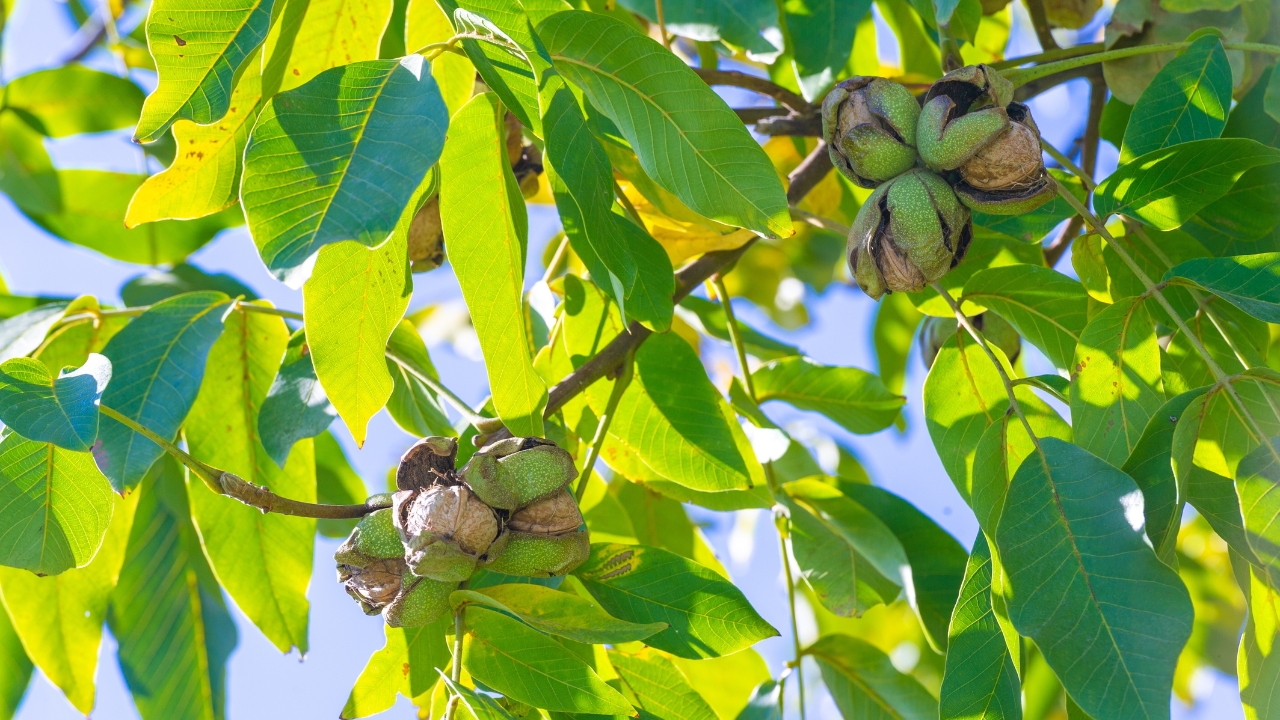
Walnut burns slow and clean, with minimal smoke and a steady heat output. It’s not as hot as hickory or oak, but it’ll hold a flame and leave you a respectable coal bed.
It splits easily and seasons in a reasonable amount of time compared to some other hardwoods. If you’re camping somewhere walnut’s available, it’s worth scooping up for a solid, no-drama fire that won’t leave your camp smelling like a brush fire.
*This article was developed with AI-powered tools and has been carefully reviewed by our editors.

